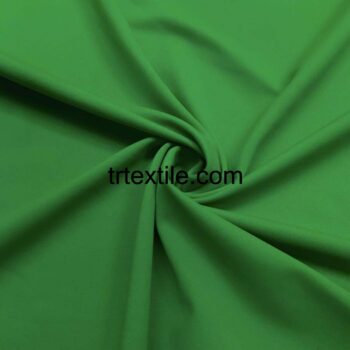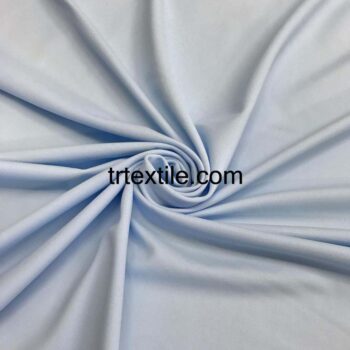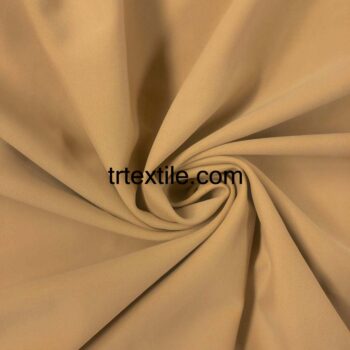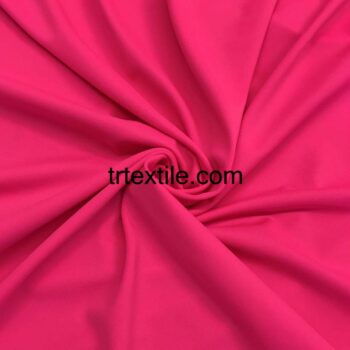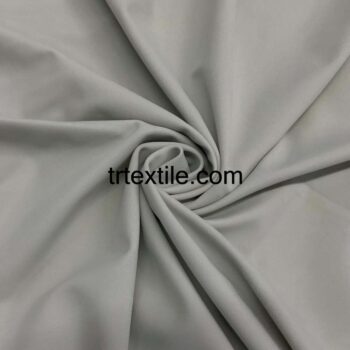-
black tights fabric
$405,00Original price was: $405,00.$380,00Current price is: $380,00. -
blue tights fabric
$405,00Original price was: $405,00.$380,00Current price is: $380,00. -
cream tights fabric
$405,00Original price was: $405,00.$380,00Current price is: $380,00. -
gold color tights fabric
$405,00Original price was: $405,00.$380,00Current price is: $380,00. -
green tights fabric
$405,00Original price was: $405,00.$380,00Current price is: $380,00. -
light blue tights fabric
$405,00Original price was: $405,00.$380,00Current price is: $380,00. -
magenta tights fabric
$405,00Original price was: $405,00.$380,00Current price is: $380,00. -
mustard tights fabric
$405,00Original price was: $405,00.$380,00Current price is: $380,00. -
neon fuchsia tights fabric
$405,00Original price was: $405,00.$380,00Current price is: $380,00. -
neon green tights fabric
$405,00Original price was: $405,00.$380,00Current price is: $380,00. -
neon orange tights fabric
$405,00Original price was: $405,00.$380,00Current price is: $380,00. -
pink tights fabric
$405,00Original price was: $405,00.$380,00Current price is: $380,00. -
powder pink tights fabric
$405,00Original price was: $405,00.$380,00Current price is: $380,00. -
purple tights fabric
$405,00Original price was: $405,00.$380,00Current price is: $380,00. -
red tights fabric
$405,00Original price was: $405,00.$380,00Current price is: $380,00. -
silver tights fabric
$405,00Original price was: $405,00.$380,00Current price is: $380,00.
Tights are a popular fashion staple that are worn by people of all ages and genders. They are versatile, comfortable, and can be worn for both casual and formal occasions. When it comes to choosing the right pair of tights, the fabric is an important factor to consider. Different fabrics offer different levels of warmth, stretch, durability, and breathability. In this article, we will discuss some of the most common fabrics used to make tights and their key characteristics.
Nylon: Nylon is one of the most common materials used to make tights. It is a synthetic fabric that is known for its durability, strength, and stretch. Nylon tights are lightweight, smooth, and have a shiny appearance. They are also resistant to wrinkles and are easy to care for. Nylon tights are often mixed with other materials such as spandex or lycra to add stretch and flexibility. They are popular for everyday wear and can be worn in a variety of colors and patterns.
Spandex: Spandex, also known as elastane or lycra, is a synthetic fiber that is known for its exceptional stretch and recovery properties. Tights made with spandex are form-fitting, flexible, and provide excellent support. Spandex tights are great for activities that require a wide range of motion, such as dance or yoga. They are also resistant to pilling and fading, making them a long-lasting option. Spandex tights are often blended with other materials such as nylon or polyester to enhance their performance.
Cotton: Cotton is a natural fiber that is soft, breathable, and comfortable to wear. Cotton tights are lightweight, moisture-wicking, and gentle on the skin. They are great for everyday wear, especially in warmer weather. Cotton tights are available in a wide range of colors and patterns, making them a versatile option for both casual and dressy outfits. However, cotton tights may not have as much stretch as synthetic fabrics, so they may not be as form-fitting or supportive.
Microfiber: Microfiber is a synthetic fabric that is known for its softness, lightweight, and moisture-wicking properties. Microfiber tights are smooth, silky, and comfortable to wear. They are often used for athletic wear, as they provide a close fit and help regulate body temperature. Microfiber tights are durable, quick-drying, and resistant to fading. They are a great option for high-intensity workouts or outdoor activities.
Wool: Wool is a natural fiber that is known for its warmth, insulation, and moisture-wicking properties. Wool tights are soft, cozy, and perfect for cold weather. They are great for layering under skirts or dresses to stay warm and stylish. Wool tights are also breathable, odor-resistant, and hypoallergenic. However, wool tights may require special care when washing and may not be as stretchy as synthetic fabrics.
Overall, there are many different fabrics to choose from when it comes to tights. The best fabric for you will depend on your personal preferences, the purpose of the tights, and the season. Whether you prefer the stretch of spandex, the softness of cotton, the durability of nylon, the warmth of wool, or the performance of microfiber, there is a fabric out there that will suit your needs. Experiment with different fabrics to find the perfect pair of tights for you.




